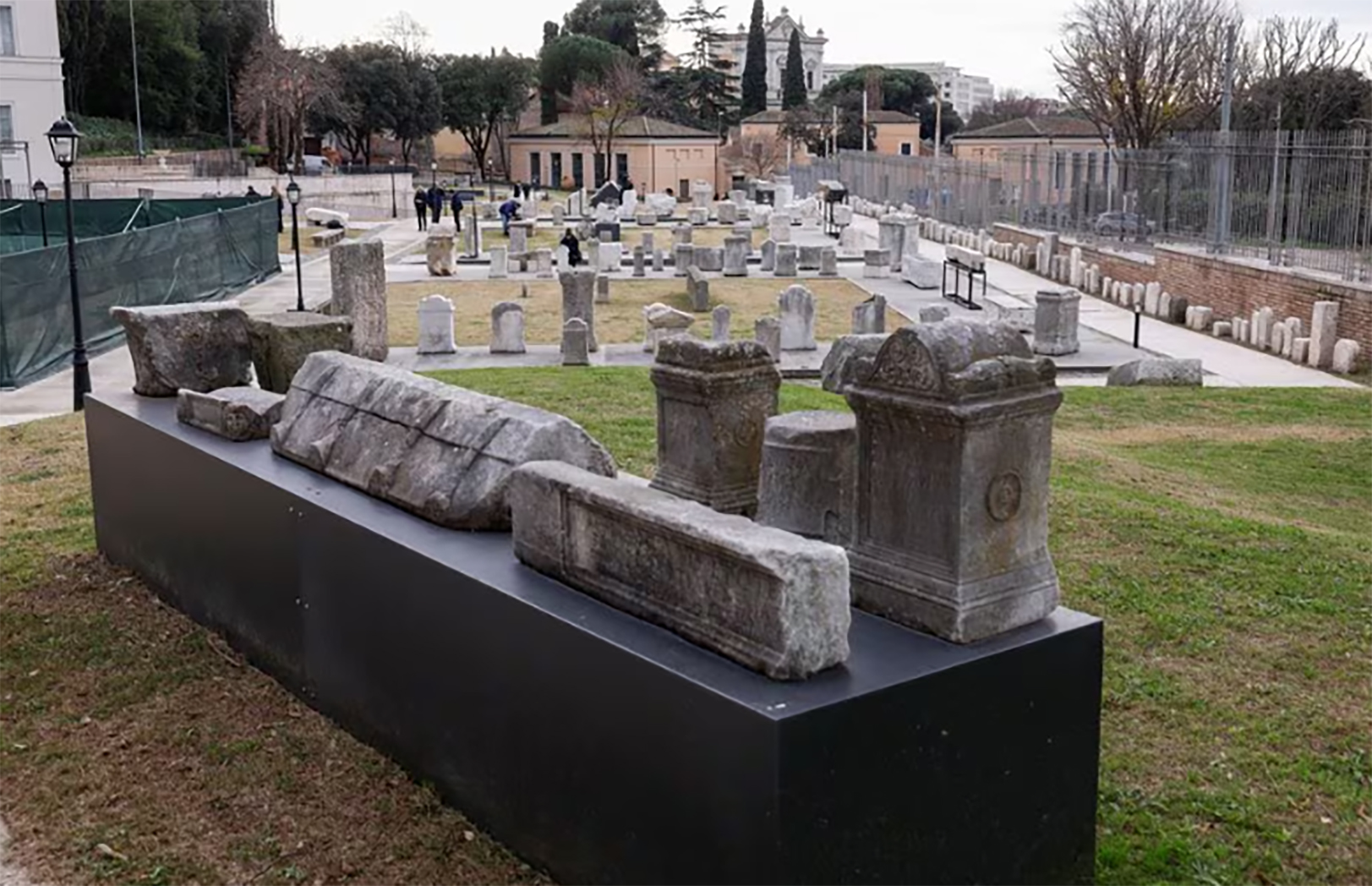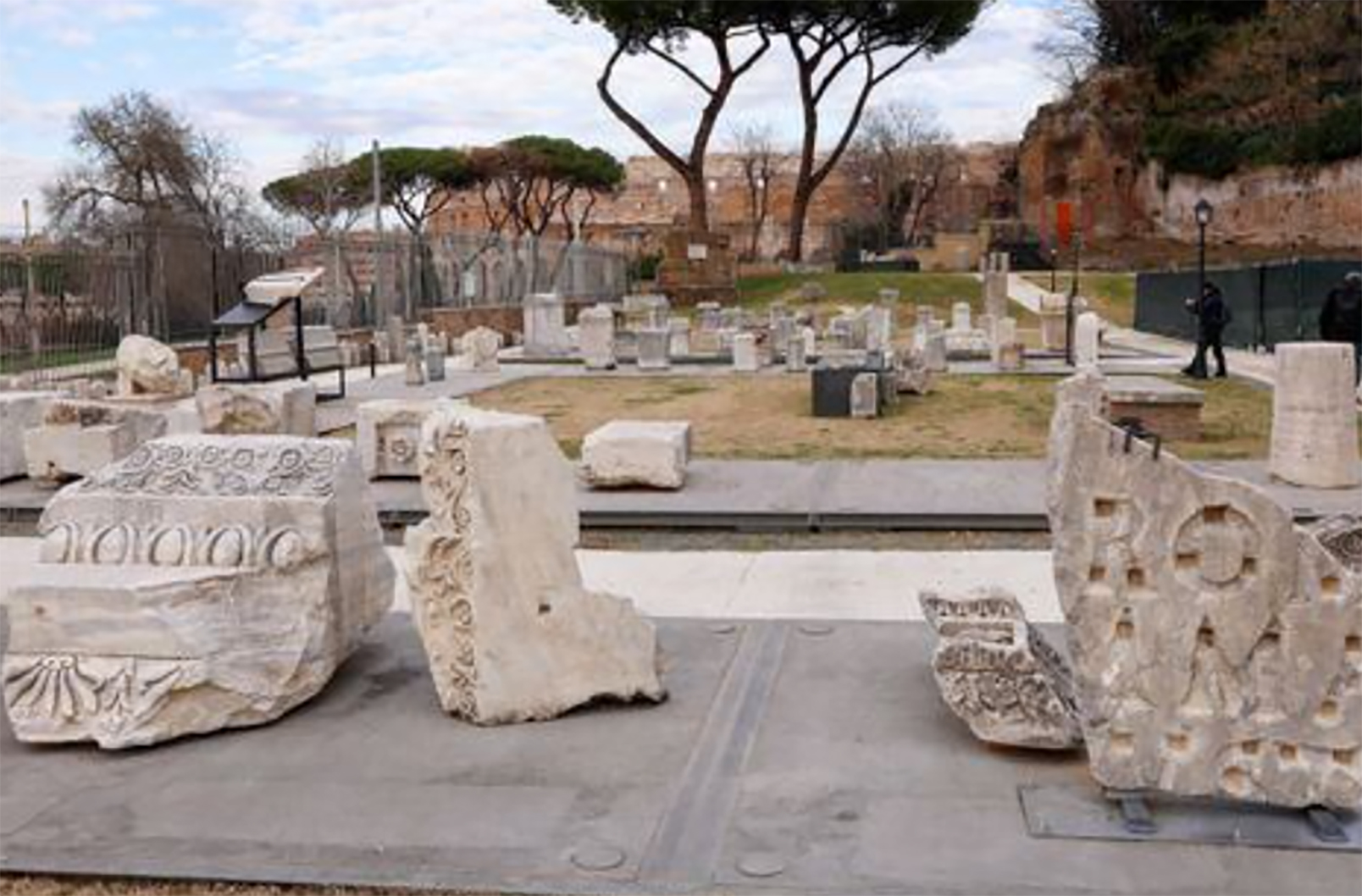Forma Urbis is a monumental, highly detailed marble map of ancient Rome carved on 150 separate stone slabs, measuring 18 by 13 meters during the reign of Emperor Septimius Severus between 203 and 211 AD, according to Reuters .

Remains of the highly detailed ancient Roman marble map Forma Urbis
The museum, located in the Celio archaeological park on one of the seven famous hills in the capital Rome (Italy), opened on January 12. The museum is the latest location in Rome that wants to expand its appeal as the number of tourists increases.
"It's a beautiful day. We are opening an archaeological park in a special area of the city with a new museum that will display a masterpiece that has not been seen for about a century. We are creating a city where museums and streets are connected so that people can walk around and enjoy the beauty to the fullest," said Rome Mayor Roberto Gualtieri.

The famous map of Rome was drawn up by surveyor Giovanni Battista Nolli in the 18th century.
The map was created on a wall in the ancient city, but over the centuries it gradually disintegrated. Locals used some of the stone slabs to build new buildings.
Fragments were found during excavations in 1562. Scholars estimate that the fragments make up about 10% of the map, including representations of the Colosseum, the Circus Maximus, as well as floor plans of baths, temples, and private homes.
This giant carving is a valuable resource for understanding the layout of an ancient Roman city. However, the map has not been on display since 1924.
The fragments of the map are reproduced from the famous map of Rome drawn up in the 18th century by surveyor Giovanni Battista Nolli. Nolli was the first to draw up an accurate street plan of Rome.

Artifacts on display at Celio Archaeological Park
Outside the museum, in an outdoor park on the slopes of the Caelian Hill, archaeologists have laid out walkways lined with ancient Roman tombstones and marble columns found in numerous excavations around the city in recent decades.
"The Caelian Hill, one of the seven hills of ancient Rome, remained dark, unknown and inaccessible for a very long time. Today, we finally return it to the city. The hill is of particular importance because it unites the Imperial Forums, the Colosseum and the Appia Antica," said Claudio Parisi Presicce, an Italian archaeologist and director of Rome's cultural heritage. The $5.5 million project is part of a plan to revamp Rome, which has seen a tourism boom since the end of the Covid-19 pandemic and is expected to be flooded with visitors during the Jubilee Year of 2025.
Source link




























































































Comment (0)